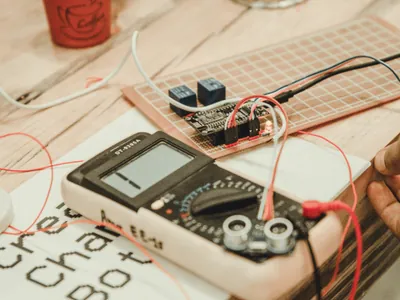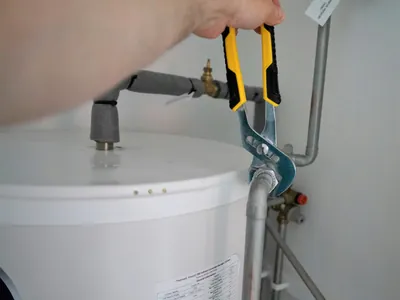GFCI Outlet Installation: Safety First

A Ground Fault Circuit Interrupter (GFCI) outlet is a life-saving device designed to protect you from severe electrical shock. They are required by electrical code in any area where water and electricity could potentially come into contact, such as kitchens, bathrooms, laundry rooms, and outdoor spaces. Understanding how they work and how to install them is a key part of home electrical safety.
⚡ How Does a GFCI Work?
A GFCI outlet constantly monitors the flow of electricity in a circuit. It detects any imbalance between the outgoing and incoming current, even very small ones. If it senses a "ground fault"—meaning the electricity is finding an unintended path to the ground, such as through a person—it instantly shuts off the power in a fraction of a second, preventing a serious shock.
🔧 DIY Installation Steps
Replacing a standard outlet with a GFCI is a common DIY project, but it requires strict adherence to safety procedures. If you are not 100% confident, hire a licensed electrician.
Crucial Safety Note: Getting the LINE and LOAD wires mixed up is the most common installation mistake. If you connect the incoming power to the LOAD terminals, the GFCI will not provide protection. Always read the instructions carefully.
🤔 GFCI vs. AFCI
Don't confuse GFCIs with AFCIs (Arc Fault Circuit Interrupters). While GFCIs protect people from shock, AFCIs protect against electrical fires by detecting dangerous arcing in wires.
Your safety is paramount. If you're unsure about any aspect of electrical work, it's always best to call a professional. The Box Advantage Group provides expert GFCI installation and electrical safety inspections to keep your family and home protected.


